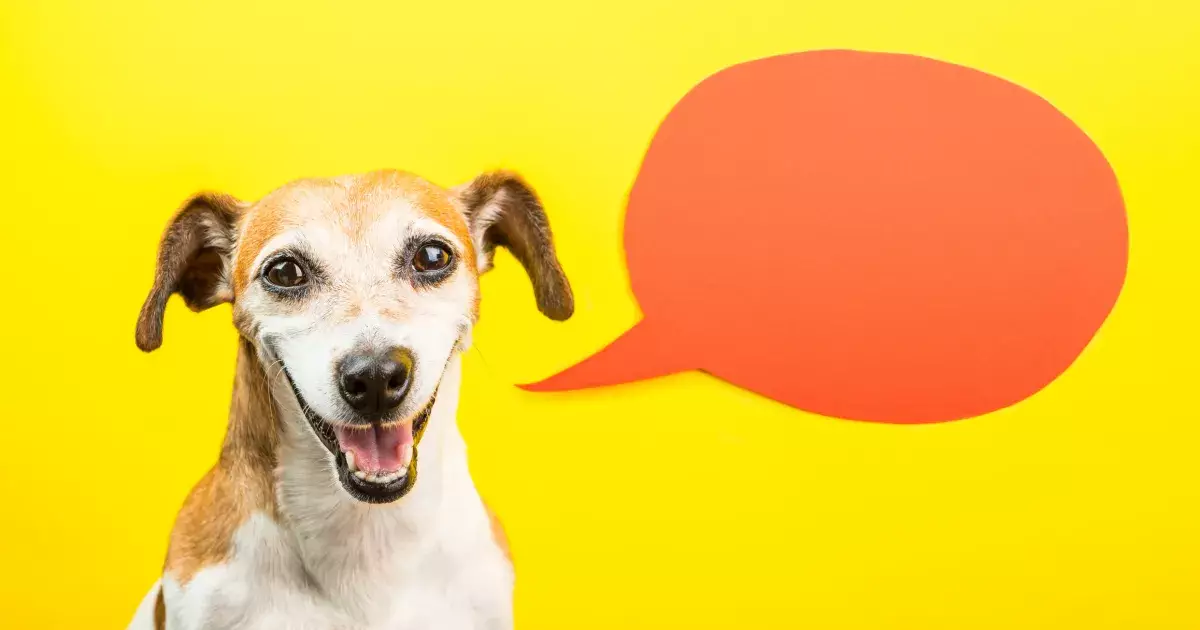Dogs have long been cherished companions, but in recent years, a new trend has emerged that seeks to enhance our understanding of these beloved pets: dog talking buttons. For pet parents who are eager to explore this innovative form of communication, whether you are just starting your research or have already invested in these gadgets, this guide aims to provide you with practical tips and insights. By the end of this article, you will be well-equipped to embark on a rewarding journey that allows your furry friend to “speak” in their own unique way.
At the heart of dog talking buttons is a simple yet profound idea: enabling dogs to express their wants and needs. Traditionally, pet training has focused on teaching dogs commands like “sit” or “stay,” but these buttons open a new avenue for interaction. Imagine your dog being able to communicate their desire for a walk, a treat, or even just some companionship. This capability not only enhances the bond between you and your pet but also enriches their everyday life.
The popularity of dog buttons has surged, particularly fueled by social media. Viral videos depict dogs, cats, and even other animals employing these devices to convey their desires, showcasing an uncharted depth of interspecies communication. Among these clips, one that stands out involves a pig named Merlin, who charms viewers by using buttons to request snacks. Such engaging instances serve as testaments to the potential of these communication tools.
As you dive into the training process, it is crucial to maintain a positive and fun atmosphere for your pup. Dogs thrive on joy and enthusiasm, and this environment will facilitate learning. Initially, focus on basic and straightforward commands. Instead of overwhelming your dog with an extensive vocabulary, start small and gradually build upon their skills.
The repeated audio prompts provided by the buttons serve as auditory cues for your dog. When they step on the button, it plays a recording of the corresponding word, allowing them to “speak” about their needs. It is important to incorporate positive reinforcement, such as treats and praise, when your dog engages with these buttons, fostering a connection between their actions and the resulting rewards.
Location plays a pivotal role in your dog’s training success. Position the buttons near the corresponding physical objects or contexts. For example, placing a “treat” button next to the treat jar or an “outside” button near the door solidifies the association between the button and the desired action. This strategic approach will enhance your dog’s ability to comprehend the relationship between their activity and the button.
When your dog naturally reacts to familiar words, capitalize on that behavior. For instance, if your pooch perks up at the mention of “walk” or “food,” consider starting with those words. This familiarity will help them engage more readily with the buttons, making the learning experience smoother and more enjoyable.
The Power of Demonstration: Leading by Example
One effective training technique involves direct demonstration. Dogs are inherently inclined to mimic behaviors, so your actions can serve as a powerful teaching tool. For instance, if you want to teach your dog to press the “outside” button, say the word out loud while simultaneously pressing the button. Then, open the door and step outside. Repeating this sequence provides a visual and auditory context for your dog, helping them understand what is expected.
Repetition is vital in any learning process. You might feel a bit silly at first, but the clarity of your instructions can lead to profound learning moments for your pup. After demonstrating the desired behavior multiple times, you should eventually witness your dog beginning to model your actions.
While the concept of shaping may not be widely recognized, it is a critical component of training. Shaping breaks down larger tasks into smaller, manageable goals. By rewarding your dog for incremental achievements, you not only motivate them but also clarify the steps necessary to reach the final training objective.
For instance, if your goal is for your dog to press a button to request to go outside, start by encouraging them to interact with the button in any way, even if it’s unintentional. Celebrate their progress with treats and praise, reinforcing that their actions have meaning. As they become more adept, you can fine-tune their behavior until they understand the complete process, linking the action of pressing the button with the desire to go outside.
Remember, learning is a journey, both for you and your dog. Maintaining a fun and engaging atmosphere is essential for successful training. If you find that the process becomes overwhelming at any point, consider taking a break. Each dog has its own pace, and some may require more time and patience to grasp new concepts. The ultimate goal is to create a rewarding experience, fostering mutual understanding and connection.
Dog talking buttons present an innovative opportunity to deepen your bond with your canine companion. By understanding the fundamentals of training, choosing the right environment, and remembering to enjoy the journey, you can effectively teach your dog to express themselves in ways you never thought possible. Embrace the adventure, and you may be surprised at the wonders of interspecies communication that lie ahead!

